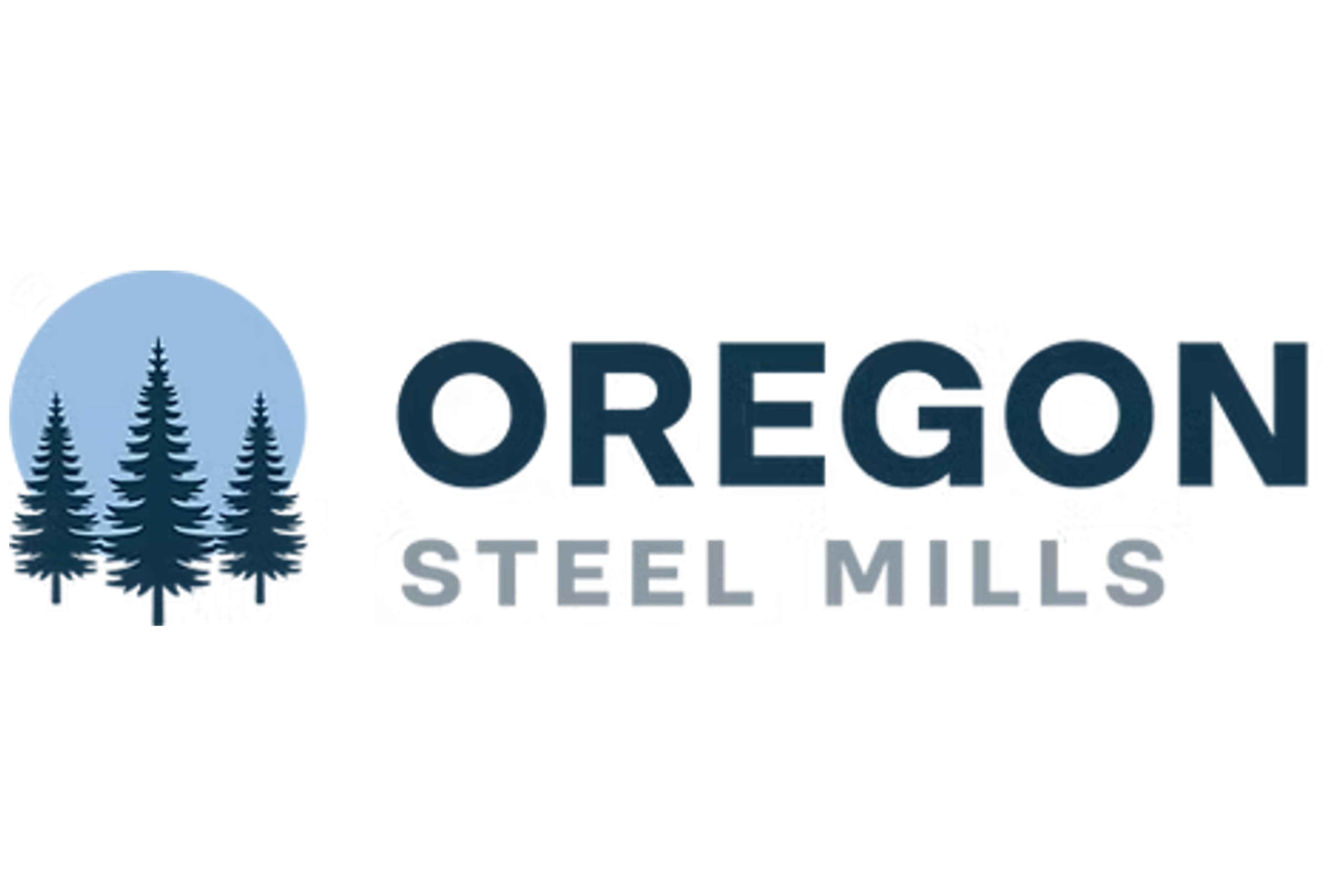Product

September 12, 2017
Beaulieu: Economy to Slow in Late 2018
Written by Tim Triplett
The U.S. economy should finish 2017 strong, but the leading indicators point to a downturn in the second half of 2018 followed by a mild global recession in 2019, predicts economist Alan Beaulieu, principal of ITR Economics, who addressed a sellout crowd Aug. 30 at Steel Market Update’s Steel Summit Conference in Atlanta.
“You will like the next several quarters. The economy will keep expanding. It’s 2018 when things will begin to change, especially in the latter half of the year. It’s not going to be a bad year, it’s just not going to be as good as 2017,” he said.
![]() U.S. industrial production is expected to grow by 2.2 percent this year and 1.1 percent in 2018, then decline by 1.2 percent in 2019.
U.S. industrial production is expected to grow by 2.2 percent this year and 1.1 percent in 2018, then decline by 1.2 percent in 2019.
The mild recession in 2019 represents an opportunity for those who anticipate and plan for it, he counseled. Accumulate additional cash so you can buy when others are selling. Plan to boost your capital spending, hire new talent and tackle projects that take too much time during busier periods. “When things are off a bit, people tend to panic or make dramatic moves that are unnecessary. That creates opportunity. Look forward to 2019 as an investment period for your business.”
One growing challenge for the U.S. economy is the migration of the population from states in the Midwest and Northeast to those in the Southeast that boast a better climate and better jobs. Texas, currently the most dynamic state in the nation, has seen the greatest influx of new residents. “Where are those states in the north going to get the labor they need if people keep leaving?” Beaulieu asked. Restrictive immigration policies being debated in Washington pose a threat to regions of the country that face a shrinking workforce.
Beaulieu pointed to other issues of long-standing concern to the U.S. economy. China, the United States’ largest trading partner, is doing well in the current economy but has a lot of long-term problems to deal with, including high debt levels, pollution and a demographic profile with an imbalance of 25 million more men than women.
Beaulieu is not overly concerned about the renegotiation of the North American Free Trade Agreement. At the end of the day, the Trump administration will stop short of starting a trade war with Canada and Mexico, he predicts. “To throw massive tariffs on all the goods that pass back and forth over our borders will put people out of work and hurt manufacturing in this country. Protectionism has never helped a nation long-term,” he added.
Health care costs are crippling to the economy whether the Republicans repeal Obamacare or not. Paying for end-of-life care for the 40 million aging baby boomers will place an enormous burden on the next few generations. Similarly, the growing federal deficit and out-of-control entitlement costs will continue to add to the nation’s debt woes. Just to cover net interest, health care and social security costs takes up more than 56 percent of the federal budget today. That figure will grow to 69 percent in the next decade. Health care costs and the national debt assure the U.S. of another Great Recession around the year 2030, Beaulieu forecasts.
He also offered up several reasons Americans should be optimistic about the future. The nation’s abundant energy reserves, for one. “Oil and natural gas are one of the reasons I am really excited about the long-term strength of the U.S. We are energy independent, for all intents and purposes,” he said. The U.S. rig count has increased from recessionary lows, but the price of oil and gas are still too low to trigger much new investment. He predicts oil prices could rise gradually to $55 a barrel by late next year. “There is more upward than downward pressure on energy prices, but the oil price is taking some of the upward momentum out of the economy right now,” he noted.
Other positives: Consumer spending is robust, with retail sales at record highs. Housing starts are strong. Interest rates remain favorable. Employment and wages are rising. Banks are lending. And U.S. exports are 3.2 percent ahead of last year. Nearly 60 percent of all U.S. exports are manufactured goods, many of which are made of steel and other metals.
Don’t let misperceptions about the economy inject pessimism into your decision-making, Beaulieu warned. “Reset your expectations,” he said. The nation’s gross domestic product is growing at a 2.1 percent rate, near the 30-year average of 2.4 percent. Four percent growth was reasonable for a $1 trillion economy back in President Truman’s time, but not today. “We have an $18 trillion economy. GDP growth of 2.5-3.0 percent is good for an economy that large.”
Written by Tim Triplett, Tim@SteelMarketUpdate.com







